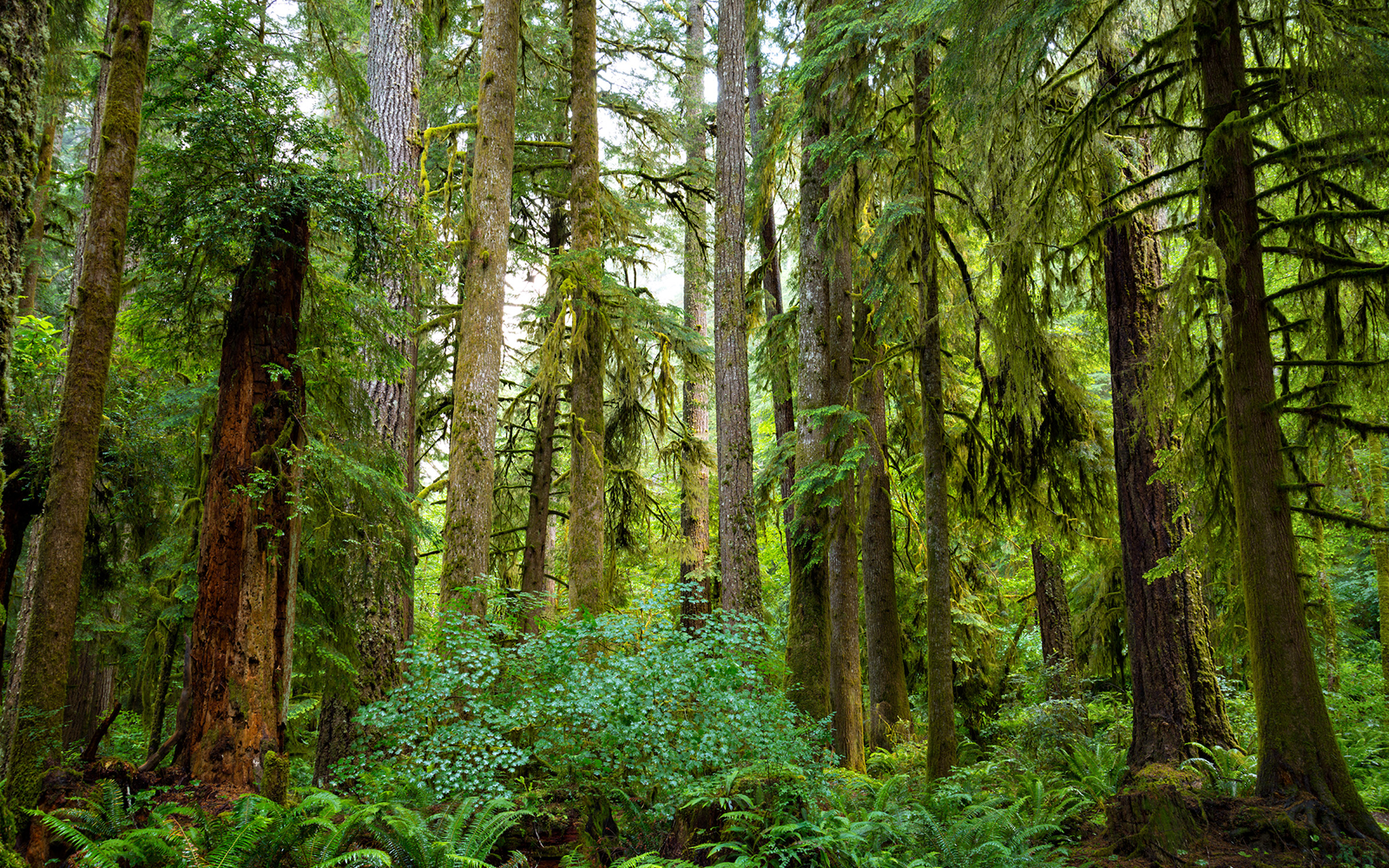Many of you have helped advocate for the creation of the Elliott State Research Forest (ESRF) in the Oregon Coast Range, including passage of Senate Bill 1546 in early 2022. The ESRF will provide significantly increased protections for the marbled murrelets, spotted owls and coho salmon and the older forests and pristine streams on which they depend.
We now need your help to advocate for a strong Habitat Conservation Plan (HCP) for the Elliott. An HCP is a legally binding plan put forth by the State and approved by federal agencies — US Fish and Wildlife Service (USFWS) and National Marine Fisheries Service, laying out specific protections for federally listed endangered species. The ESRF HCP put forth by the State of Oregon builds on all of the work done to date but adds more detail and analysis. In general, the HCP is consistent with what we expected to see over the 80 year term of the plan and substantively advances this process forward. However there are several specific areas where the HCP could be stronger and clearer. By submitting comments you can help ensure that the HCP continues to build and expand upon the work done to date.
Please submit a comment to the US Fish and Wildlife Services by end of the day on January 10, 2023 to support stronger endangered species protections on the Elliott State Research Forest. Comments must be submitted through the US Fish and Wildlife Service Portal.
Click here to submit your comments through the USFWS portal now.
Below are talking points to consider including in your comments:
1. No research in occupied marbled murrelet habitat should be allowed to proceed unless Oregon State University can demonstrate ability (funding and study design) to achieve meaningful results, such as to assess potential changes in occupancy, nesting success, and predation. Final approval from USFWS should be required prior to any research commencing.
2. The HCP must include accurate mapping of occupied and potential marbled murrelet habitat on the Elliott. All occupied habitat must include 100 meter buffers and all modeled potential habitat should include complete intact stands that are capable of supporting marbled murrelets. Accurate mapping is essential to ensure protection for this species and to accurately assess and mitigate any potential take caused by human activities.
3. Estimates by USFWS and the State of new marbled murrelet and spotted owl habitat created over the term of the permit appear to differ, with USFWS estimates being substantially lower than the State’s estimates. These estimates must be reconciled and the State should be held to meeting the higher estimates of 14,000 acres of new northern spotted owl habitat and 21,000 acres of new marbled murrelet habitat by the end of the permit term as delineated in their HCP.
4. The HCP should include a commitment to a substantial net reduction of road density from the existing baseline on the ESRF over the life of the permit term. Ongoing reduction should be demonstrated in ten year increments throughout the term of the permit.
5. The USFWS should require Equipment Limitation Zones (ELZs) on all seasonal streams. Allowing heavy equipment in or immediately adjacent to seasonal streams is inconsistent with protection of listed fish species, stream dwelling amphibians and other species as well as good forestry techniques. An ELZ will be required on seasonal streams on private forest lands under the State’s updated Forest Practices Act and it should be required on the Elliott as well.
6. The USFWS should provide more detailed analysis of visual, recreational, and other impacts of forestry activities on the Elliott, especially in highly active subwatersheds, such as the Lower Millicoma, Salander and Little Salander.
7. Only one entry for timber harvest should be allowed for stands designated for “extensive harvest” during the term of the permit. This is consistent with assurances made by the Department of State Lands (DSL) and Oregon State University (OSU) and should be made clear in the HCP.
8. USFWS should require removal of barriers to fish passage identified in the permit area over the course of the permit term.Thank you for your continued support for the Elliott State Research Forest. It has been a long road to get here, but we have made huge progress. Your comments today can make the 80 year plan even stronger.

